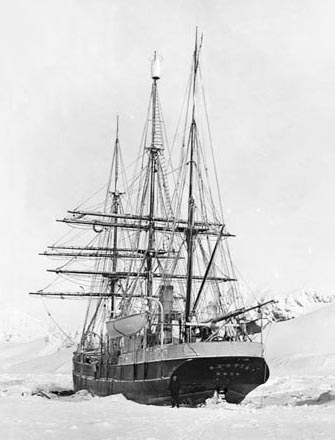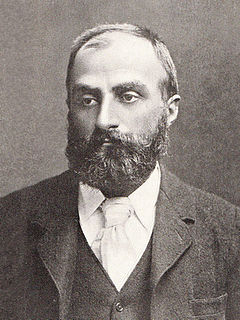
William Speirs Bruce was a British naturalist, polar scientist and oceanographer who organized and led the Scottish National Antarctic Expedition to the South Orkney Islands and the Weddell Sea. Among other achievements, the expedition established the first permanent weather station in Antarctica. Bruce later founded the Scottish Oceanographical Laboratory in Edinburgh, but his plans for a transcontinental Antarctic march via the South Pole were abandoned because of lack of public and financial support.
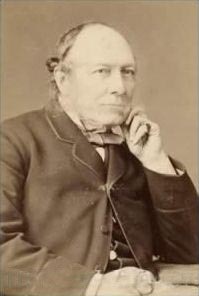
Thomas StevensonPRSE MInstCE FRSSA FSAScot was a pioneering Scottish civil engineer, lighthouse designer and meteorologist, who designed over thirty lighthouses in and around Scotland, as well as the Stevenson screen used in meteorology. His designs, celebrated as ground breaking, ushered in a new era of lighthouse creation.
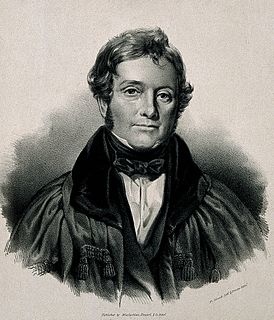
Thomas Stewart Traill was a British physician, chemist, meteorologist, zoologist and scholar of medical jurisprudence. He was the grandfather of the physicist, meteorologist and geologist Robert Traill Omond FRSE (1858-1914).

Base Orcadas is an Argentine scientific station in Antarctica, and the oldest of the stations in Antarctica still in operation. It is located on Laurie Island, one of the South Orkney Islands, at 4 meters (13 ft) above sea level and 170 meters (558 ft) from the coastline. Established by the Scottish National Antarctic Expedition in 1903 and transferred to the Argentine government in 1904, the base has been permanently populated since, being one of six Argentine permanent bases in Argentina's claim to Antarctica, and the first permanently inhabited base in Antarctica.
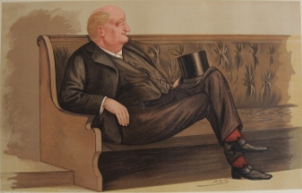
Sir John Hay Athole Macdonald, Lord Kingsburgh, KCB, PC, PRSSA, FRS, FRSE was a Scottish Conservative Party politician and later a judge.
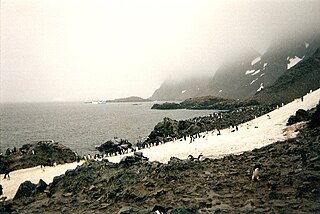
Laurie Island is the second largest of the South Orkney Islands. The island is claimed by both Argentina as part of Argentine Antarctica, and the United Kingdom as part of the British Antarctic Territory. However, under the Antarctic Treaty System all sovereignty claims are frozen, as the island lies south of the parallel 60°. Buchanan Point at the north-eastern end of the island, with Cape Whitson on its south coast, are Important Bird Areas.

The Scottish National Antarctic Expedition (SNAE), 1902–1904, was organised and led by William Speirs Bruce, a natural scientist and former medical student from the University of Edinburgh. Although overshadowed in terms of prestige by Robert Falcon Scott's concurrent Discovery Expedition, the SNAE completed a full programme of exploration and scientific work. Its achievements included the establishment of a staffed meteorological station, the first in Antarctic territory, and the discovery of new land to the east of the Weddell Sea. Its large collection of biological and geological specimens, together with those from Bruce's earlier travels, led to the establishment of the Scottish Oceanographical Laboratory in 1906.
John James StevensonFRSE FSA FRIBA, usually referred to as J. J. Stevenson, was a British architect of the late-Victorian era. Born in Glasgow, he worked in Glasgow, Edinburgh and London. He is particularly associated with the British Queen Anne revival style.
Hugh Robert Mill was a British geographer and meteorologist who was influential in the reform of geography teaching, and in the development of meteorology as a science. He was President of the Royal Meteorological Society for 1907/8, and President of the Geographical Association in 1932.
Thomas Murray MacRobert was a Scottish mathematician. He became professor of mathematics at the University of Glasgow and introduced the MacRobert E function, a generalisation of the generalised hypergeometric series.
The Scottish Meteorological Society was founded in 1855 by David Milne-Home with private funding, particularly from wealthy landowners who wished to compile meteorological records in order to improve agriculture.

Dr Alexander Buchan LLD FRS FRSE was a British meteorologist, oceanographer and botanist and is credited with establishing the weather map as the basis of modern weather forecasting. He also proposed the theory of Buchan Spells.
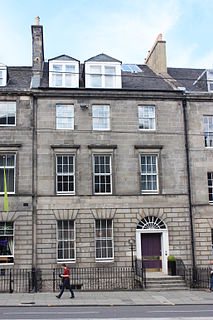
Prof Henry Newton Dickson was a Scottish geographer, meteorologist and oceanographer from Edinburgh.
Robert Traill Omond FRSE LLD SMS (1858–1914) was a British physicist, geologist and meteorologist who set up the Ben Nevis Observatory.
Dr Ellice Martin Horsburgh FRSE AMICE was a Scottish mathematician and engineer. He was an expert on numismatics and a skilled photographer.
Dr Gabriel Warton Lee (1880-1928) was a British geologist and palaeontologist. He was an authority on Bryozoa.
James Pringle FRSE FRSGS (1822–1886) was a Scottish rope manufacturer who served as Provost of Leith 1881 until 1886.
Surgeon Major James Sanderson was a 19th-century Scottish military surgeon and amateur meteorologist.
Andrew Watt FRSE (1869–1929) was a 19th/20th-century meteorologist who worked in and helped to develop the Scottish Meteorological Society and the Royal Meteorological Society.

Sir Robert Patrick Wright (1857–1938) was a Scottish farmer and agriculturalist. He was Chairman of the Scottish Board of Agriculture and was knighted by King George V on 6 July 1911.
